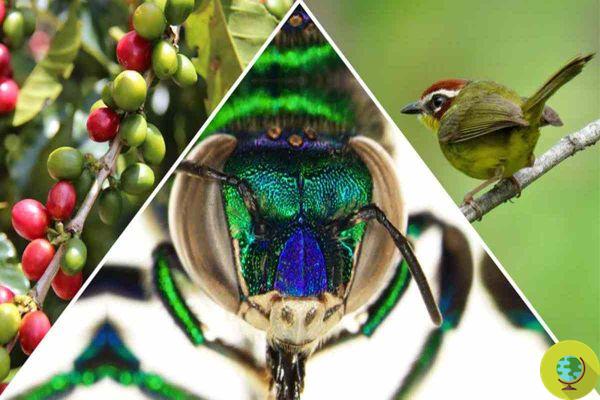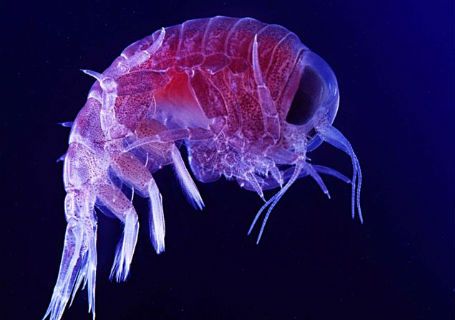US beekeepers lost 33% of their hives in the period between April 2016 and April 2017. Significant losses, according to preliminary data from a study conducted nationwide by the Bee Informed Partnership, in collaboration with Apiary Inspectors of America.
He is about to end up run over, his mother saves him
One third fewer bees in just one year. The US beekeepers have lost 33% of their hives In the period between April 2016 and April 2017. Significant losses, according to preliminary data from a study conducted nationwide by Bee Informed PartnershipIn partnership with Apiary Inspectors of America.
The study started in 2006-07 and involves both small-scale beekeepers and commercial-scale beekeepers, with the aim of tracking rates of survival of hives in time. It is a study conducted by a non-profit organization and the results are shared publicly. If we take a look at previous years, it emerges that the minor losses were recorded in the period 2011-12, when less than 29% of the colonies were lost, but this year has fared relatively better than other years.
However, “while it is encouraging that the losses have been smaller than in other years, it is still not good news. A loss of more than 30% of colonies within a year is high. It is difficult to imagine another agricultural sector that would be able to move forward with these losses, ”he notes Dennis van Engelsdorp, who deals with entomology at the University of Maryland and is the project director of the Bee Informed Partnership.
Beekeepers who responded to the survey (over 4900 from 50 states) they lost a total of 33,2% of their colonies, recording a -7,3% compared to the previous survey, that of 2015-16, when it reached 40,5%. In particular, the losses in winter fell from 26,9% to 21,1%, those in the summer from 23.6% to 18.1%.
name="causes-of-lost-hives">Causes of lost hives
According to the researchers, there are many factors that caused the loss of colonies, primarily the presence of parasites and pathologies. Even little nourishment and exposure to pesticides they play a key role, especially in the case of commercial-scale beekeepers. To these main factors are then added other secondary ones, the classic drops that make the camel's overflow.
“It is a complex problem. The decrease in losses is a good start, but that 33% is not acceptable, it is too much for a beekeeper to bear ", confirms Kelly Kulhanek, a student of the UMD Department of Entomology, who took part in the research. The first enemy remains the Varroa destructor, a lethal parasite that spreads easily between colonies. In the winter months of 2016, its presence was relatively lower in the US than in other years, partly thanks to greater attention and vigilance and the use of control products, in addition to favorable weather conditions for the implementation of these remedies. Just think that some products contain essential oils that do not have the same effects at too high temperatures; in 2016, however, the temperatures were rather mild.
- Three million bees died from the pesticide used against the Zika virus
- Open source beehives: do-it-yourself hives to save bees Bee die-off: it's a parasite's fault
- Bees die-off: neonicotinoid pesticides are to blame, Harvard confirms
Consequences of bee deaths
This study is crucial because bees and beekeeping are valuable to many other sectors and activities. The survival of some crops, such as almonds, depend solely on pollination, therefore from the presence of bees in good health. If we try to monetize crops that depend on pollination, we are talking about a $ 15 billion crop in the US every year. We conclude with the words of Nathalie Steinhauer, UMD Department of Entomology student, who collected the research data and summarizes the problem well: "Bees are good indicators of the health of ecosystems, given that they are strongly influenced by the quality of the environment in which they live in terms of biodiversity, contaminants and pesticides. Bees must be kept in good health and, to do this, it is the environment in which they live that must be in good health, in turn ”.


























